The San José warship, carrying gold, silver and emeralds worth tens of billions of dollars, is becoming the target of a dispute between Colombia, Spain and Bolivia's indigenous people.
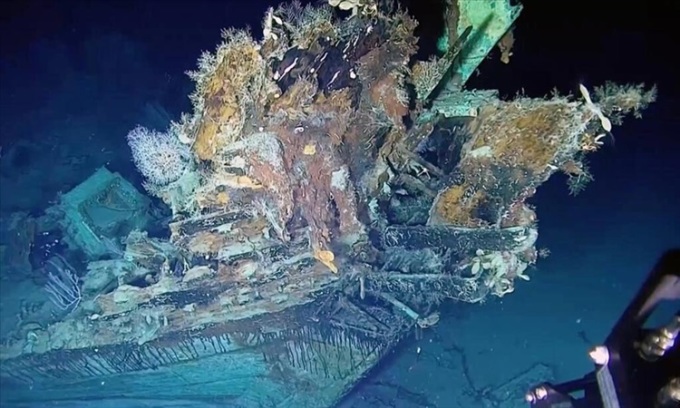
The wreck of the San José on the bottom of the Colombian sea. Photo: Colombian Presidency
The San José, a Spanish naval treasure ship, sank in 1708. A legal battle over the gold, silver, and precious stones aboard is ongoing. Recent news that Colombia's president hopes to recover treasure from the San José has brought renewed attention to the controversial wreck, often described as the world's most valuable shipwreck, according to National Geographic .
The 62-gun Spanish naval ship San José was carrying 200 tons of gold, silver, and rough gems when it sank in 1708, about 10 miles off the coast of Colombia, during a battle with British warships. Today, the treasure could be worth billions of dollars. The San José was at the head of a convoy of 18 ships, many of which were carrying treasure from the New World to France, Spain’s ally at the time. But the ship encountered a fleet of five British ships, enemies of Spain and France during the War of the Spanish Succession. After more than an hour of fighting, the San José sank when its gunpowder store exploded, another warship was captured, but the rest of the fleet fled to safety in the harbor at Cartagena.
Now, the Colombian government claims ownership of the San José and all its cargo. President Gustavo Petro wants to recover the wreck by the end of his term in 2026, according to Colombia’s culture minister. In 2015, Colombia announced that it had found the San José wreck in a different location than where an American salvage company claimed to have found the ship’s remains in 1982. That prompted the company to file a $10 billion lawsuit, accusing the Colombian government of trying to evade an agreement to share half of the treasure recovered from the wreck.
The lawsuit is still pending. The salvage company claims the new site is close to the one it identified in 1982. The first hearing will take place in Bogotá in December, according to researcher Daniel de Narváez. The dispute could be one of the Colombian government’s biggest problems with the San José, in part because any legal decision would be binding even if the wreck’s treasure is never recovered.
De Narváez, a mining engineer, is director of the Professional Association of Marine Explorers , which advocates for the partial commercialization of the wreck and the sale of artifacts from the ship, such as gold coins. He said such a deal would help protect the many historic wrecks in Colombian waters. De Narváez is also a historian of the San José, whose calculations of the ship’s location influenced the 2015 search. Previously, the Colombian government had declared everything on board, including any treasures, to be inviolable.
Colombia's claim of ownership is disputed by the Spanish government, which argues that it still owns the San José because it was a Spanish naval vessel when it sank. Some lawyers say the wreck is protected under the 1982 Law of the Sea Convention, which states that naval vessels remain state property even after they have sunk. That means the wreck still belongs to Spain, even though it sank more than 300 years ago in Colombian waters.
But De Narváez notes that Colombia has never ratified the Law of the Sea Convention, in part because of territorial disputes over maritime borders with Venezuela and Nicaragua. This would complicate the legal battle with Spain. Maritime archaeologist Sean Kingsley, editor-in-chief of Wreckwatch magazine, said the regulation was put in place to protect modern wrecks for espionage, but here it is being used to fight over treasure.
“It's a modern idea to protect national secrets on nuclear warships, planes and submarines, but there are no black boxes or naval secrets on a centuries-old rotting wreck,” Kingsley said.
In addition to Colombia and Spain, a group of Bolivian indigenous people also claims the treasure from the San José. According to a 2019 report, representatives of the Qhara Qhara people claim that Spanish colonists forced their ancestors to dig silver from the Cerro Rico mountain, so the treasure should rightfully belong to them.
The dispute over ownership of the San José wreck highlights the value of the treasure. Some reports say the wreck’s treasure could be worth $17 billion to $20 billion. New photos show cannons and ceramic jars scattered around the seabed where the ship sank, at a depth of more than 700 meters, too deep for divers to reach but recoverable by underwater vehicles and submarines. However, due to legal, technical and archaeological concerns, the amount of items that can be brought up from the San José wreck by 2026 will be very small.
An Khang (According to National Geographic )
Source link



![[Photo] Hanoi morning of October 1: Prolonged flooding, people wade to work](https://vphoto.vietnam.vn/thumb/1200x675/vietnam/resource/IMAGE/2025/10/1/189be28938e3493fa26b2938efa2059e)




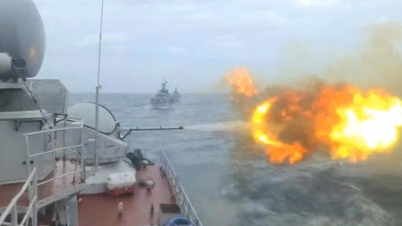

















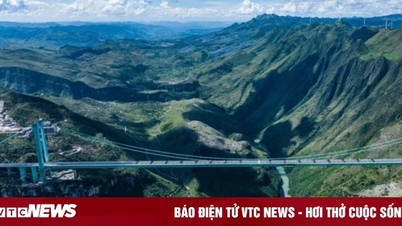










![[Photo] The 1st Congress of Phu Tho Provincial Party Committee, term 2025-2030](https://vphoto.vietnam.vn/thumb/1200x675/vietnam/resource/IMAGE/2025/9/30/1507da06216649bba8a1ce6251816820)
![[Photo] President Luong Cuong receives President of the Cuban National Assembly Esteban Lazo Hernandez](https://vphoto.vietnam.vn/thumb/1200x675/vietnam/resource/IMAGE/2025/9/30/4d38932911c24f6ea1936252bd5427fa)
![[Photo] Panorama of the cable-stayed bridge, the final bottleneck of the Ben Luc-Long Thanh expressway](https://vphoto.vietnam.vn/thumb/1200x675/vietnam/resource/IMAGE/2025/9/30/391fdf21025541d6b2f092e49a17243f)







































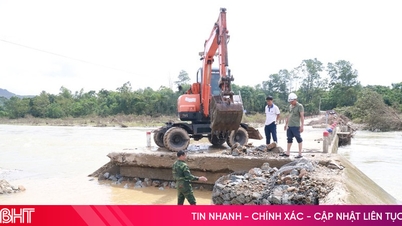

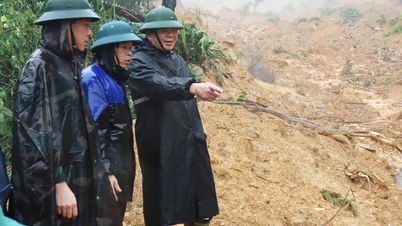
















Comment (0)